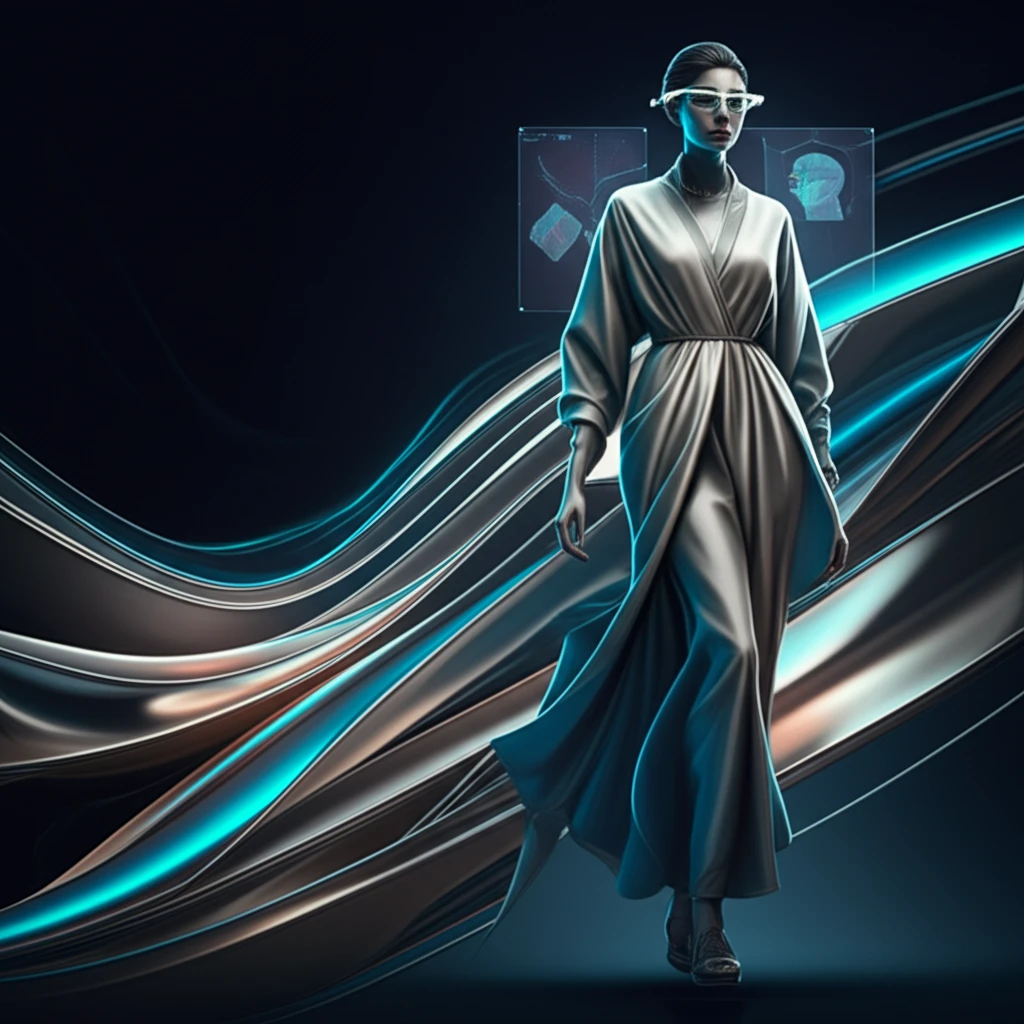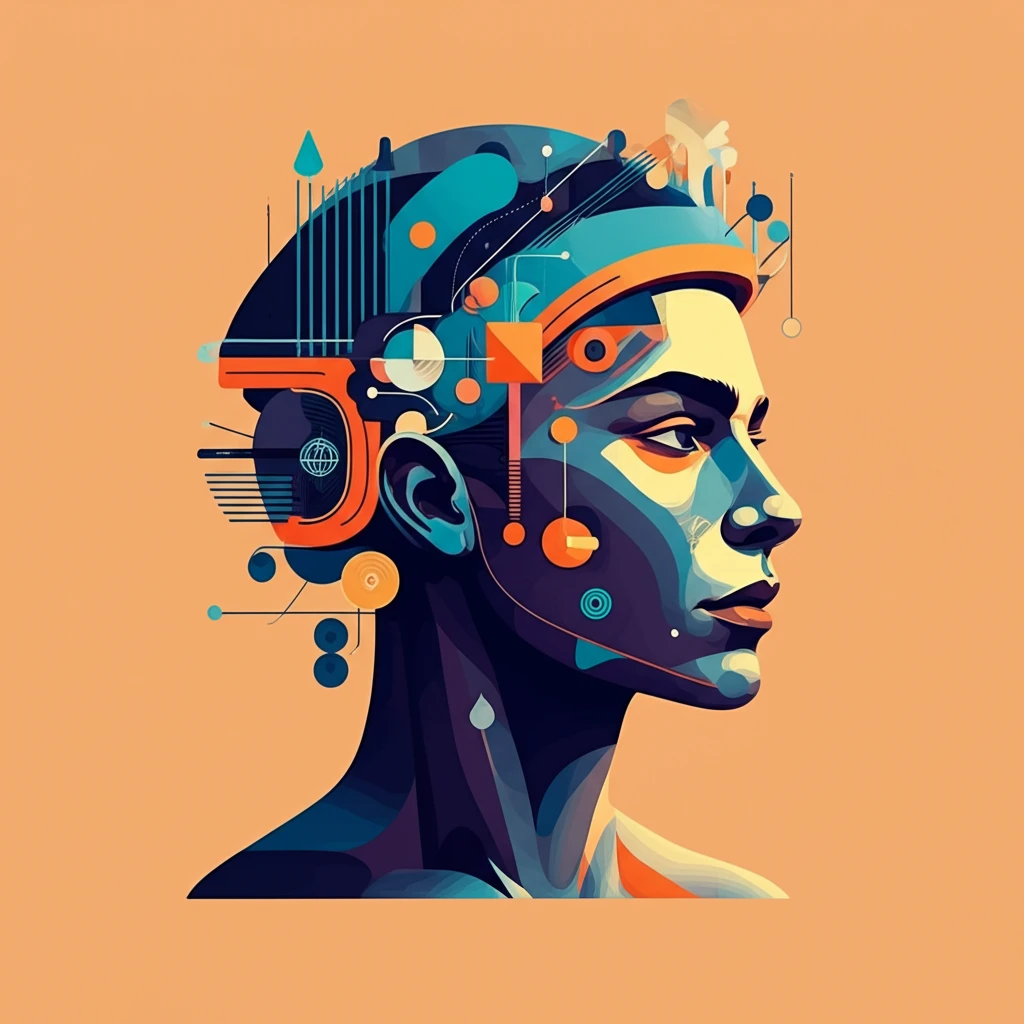Top 10 Designer Profile Trends You Can't Miss in 2025
In the fast-evolving world of design, a compelling designer profile is more than just a portfolio – it's your personal brand, your story, and your gateway to new opportunities. As we approach 2025, the landscape of what makes a profile truly stand out is shifting. From immersive experiences to a focus on ethical practices, staying ahead of these trends is crucial for any designer looking to make an impact.
This article dives into the top 10 designer profile trends for 2025, offering practical insights and examples to help you elevate your personal brand and captivate your audience.
The Evolving Landscape of Design Portfolios
Gone are the days when a static PDF or a simple website with project images sufficed. Today's design industry demands profiles that are dynamic, interactive, and deeply reflective of a designer's unique vision and values. Employers and clients are looking for more than just technical skills; they want to see your problem-solving process, your personality, and your potential to innovate.
Top 10 Designer Profile Trends for 2025
1. Hyper-Personalization & Storytelling
What it is: Moving beyond just showcasing projects, designers are now weaving personal narratives into their profiles. This includes sharing the 'why' behind their designs, their inspirations, challenges overcome, and their unique journey. It's about authentic connection.
Tip: Share behind-the-scenes glimpses, personal anecdotes related to your work, and the impact your designs have had on users or clients. Let your unique voice shine through.
2. Immersive & Interactive Experiences
What it is: Leveraging technologies like 3D elements, interactive prototypes, and even augmented reality (AR) or virtual reality (VR) integrations, profiles are becoming more engaging. This allows visitors to experience designs rather than just view them.
Tip: Integrate clickable prototypes for UX/UI projects, 3D renders for product designs, or short animated explainers for graphic work. Make your profile a playground.
3. Sustainability & Ethical Design Focus
What it is: As global consciousness grows, designers are increasingly highlighting their commitment to sustainable and ethical practices. This includes showcasing eco-friendly materials, responsible production methods, and designs that address social issues.
Tip: Dedicate a section to your sustainable projects or explain how you incorporate ethical considerations into your design process. Use keywords like 'eco-conscious,' 'inclusive design,' or 'circular economy principles.'
4. Niche Specialization & Micro-Influencer Approach
What it is: Instead of being a generalist, designers are carving out specific niches (e.g., UX for AI, sustainable packaging design, biophilic interior design). This allows them to become recognized experts and target specific, high-value opportunities.
Tip: Clearly define your unique selling proposition (USP) and specialize in an area you're passionate about. Your profile should scream 'expert' in your chosen field.
5. AI & Automation Integration Showcase
What it is: Demonstrating proficiency with AI-powered design tools (like Midjourney, DALL-E, or AI-assisted prototyping) is becoming a differentiator. Profiles will showcase how designers leverage AI to enhance creativity, efficiency, and output quality.
Tip: Include projects where AI tools were used in the ideation, creation, or optimization phases. Explain your workflow and how AI augments your design process, not replaces it.
6. Video & Motion Graphics Dominance
What it is: Short, impactful video clips and motion graphics are becoming essential. From animated logos to project walkthroughs and dynamic case study presentations, video enhances engagement and conveys complex ideas quickly.
Tip: Create brief (30-60 second) video summaries for your key projects. Use motion graphics to explain processes or visualize user flows.
7. Community & Collaboration Highlights
What it is: Showcasing collaboration with other designers, developers, clients, or community projects adds depth to a profile. It demonstrates teamwork, communication skills, and a willingness to learn from others.
Tip: Feature testimonials from collaborators, highlight group projects, or mention your involvement in design communities and open-source initiatives.
8. Accessibility & Inclusive Design Principles
What it is: Designing with everyone in mind, regardless of their abilities, is no longer optional. Profiles that explicitly demonstrate an understanding and application of accessibility standards (WCAG) and inclusive design principles will be highly valued.
Tip: Detail how your designs cater to diverse users. Explain your considerations for color contrast, font legibility, navigation, and alternative text in your case studies.
9. Data-Driven Design Insights
What it is: Moving beyond aesthetics, designers are now expected to justify their choices with data. Profiles will feature case studies that highlight user research, A/B testing results, analytics, and the measurable impact of their designs.
Tip: Include metrics and insights in your project descriptions. Show how your designs solved a problem, improved user engagement, or achieved business goals with quantifiable results.
10. "Less is More" & Strategic Curation
What it is: Quality over quantity. Instead of displaying every project ever done, designers are strategically curating their profiles to showcase only their absolute best, most relevant, and most impactful work. A smaller, highly polished selection resonates more strongly.
Tip: Ruthlessly edit your portfolio. Focus on 3-5 stellar projects that align with your desired career path. Ensure each project has a clear narrative and demonstrates a range of skills.
Practical Tips to Update Your Designer Profile for 2025
- Regularly Update: Keep your profile fresh with your latest and greatest work.
- Tailor to Audience: Customize your profile or highlight specific projects when applying for different roles or clients.
- Seek Feedback: Get input from peers, mentors, or target employers on your profile's effectiveness.
- Optimize for Mobile: Ensure your profile looks flawless and functions perfectly on all devices.
- Personal Branding: Maintain consistency in your visual identity and tone across all platforms.
Conclusion
The world of design is dynamic, and your designer profile needs to evolve with it. By embracing these top 10 trends for 2025 – from hyper-personalization and immersive experiences to a strong focus on sustainability and data-driven insights – you can create a compelling profile that not only showcases your talent but also tells your unique story. Start adapting these trends today to stand out in a competitive market and secure your place as a leading designer of tomorrow.



